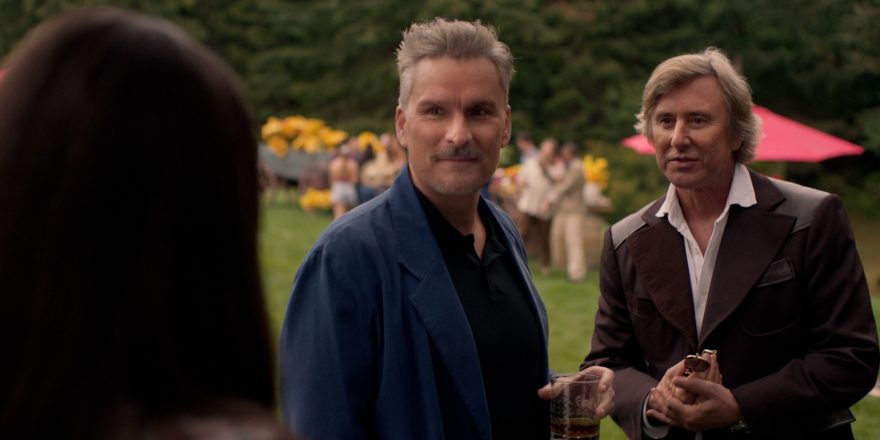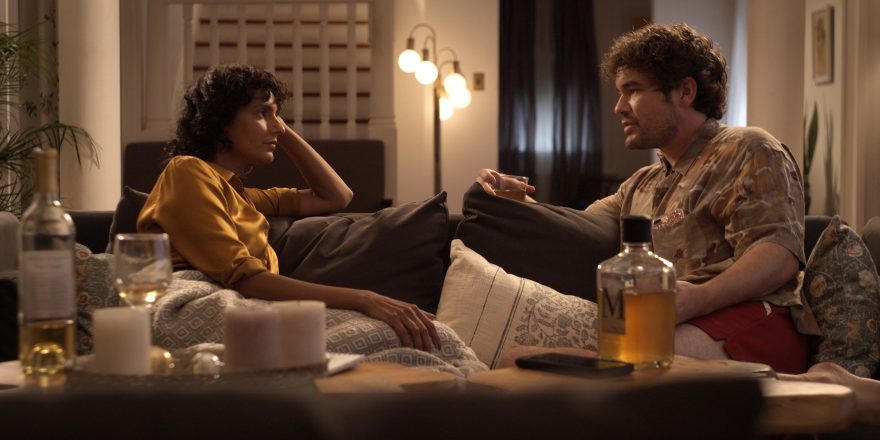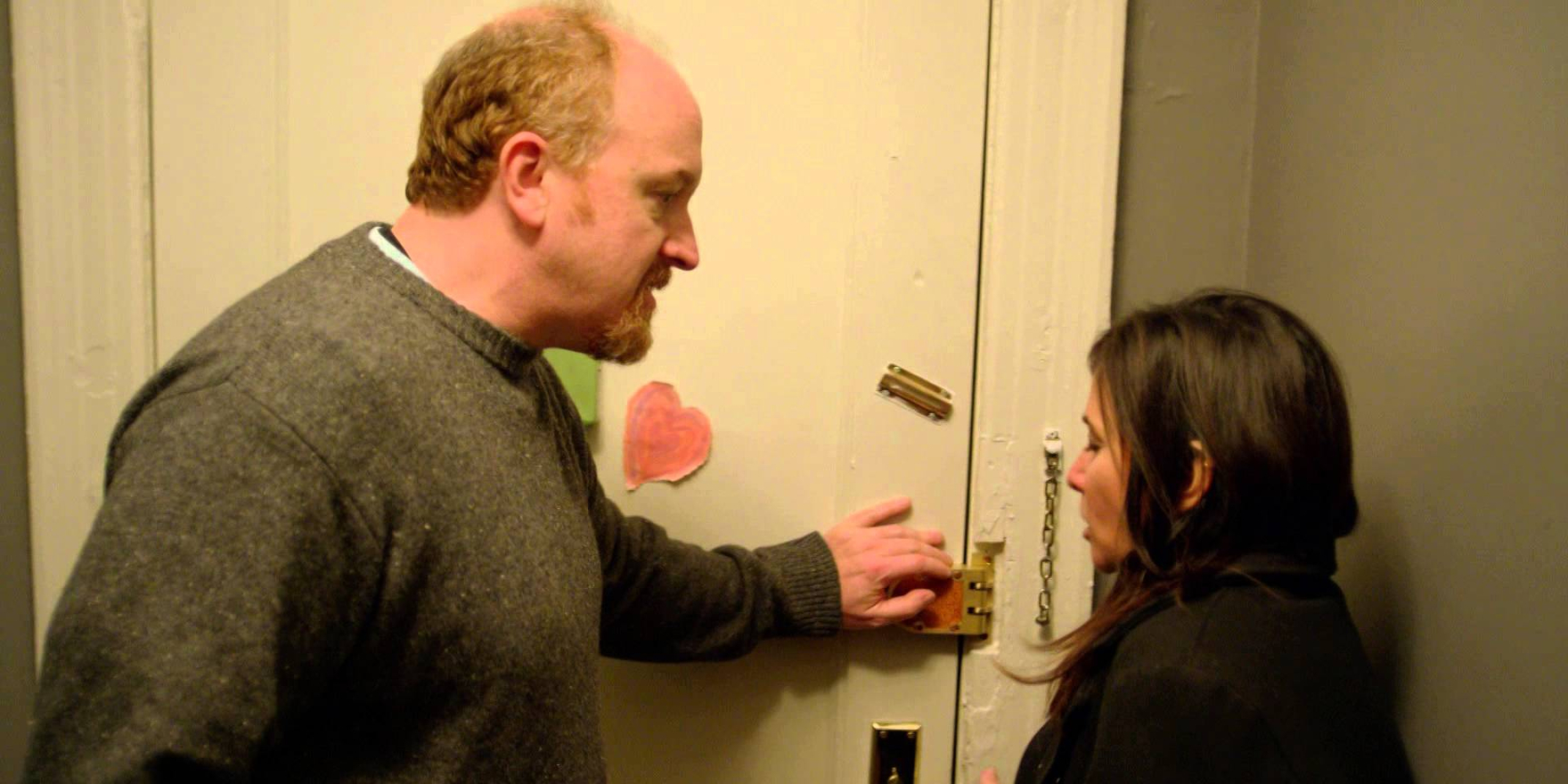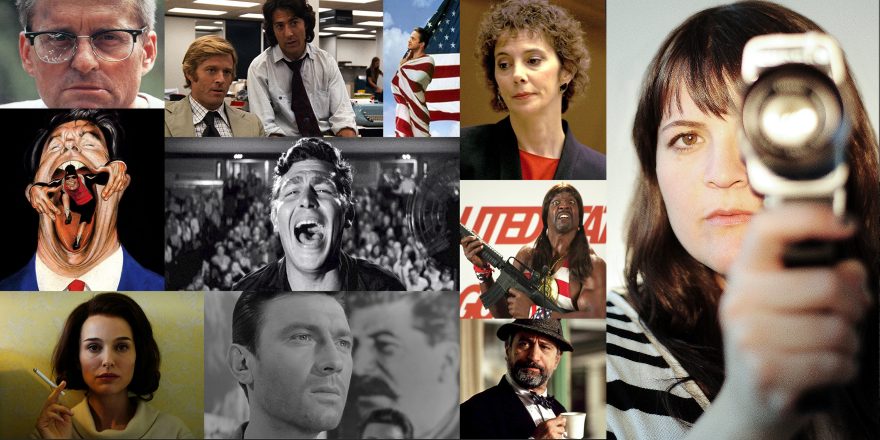When we have collective nostalgia for the ’90s, we’re usually remembering songs, fashion, film, TV shows – things that were formative in the best ways: “Let’s Talk About Sex,” flannel, Clueless, Twin Peaks. But alongside the pop-culture touchstones, those of us who lived through that era were also shaped by some decidedly ickier historical moments: Girls Gone Wild, breathless countdowns to Britney Spears’ 18th birthday, R. Kelly and Aaliyah, Clarence Thomas placing a pubic hair on Anita Hill’s Coke can (then getting confirmed to the Supreme Court anyway), innumerable late night jokes about the stain on a White House intern’s blue dress.
These were also part of the backdrop of our lives, their sheer quantity serving to normalize them, the steady inundation of second-hand pain and humiliation arming a new generation with the skill of compartmentalization. It’s like a particularly ugly wallpaper that may have hung in your childhood home; at the time, it was just part of the scenery, but in hindsight, you wonder how you tolerated having that hideous pattern all around you. With my latest film, Year of the Fox, I had the opportunity to revisit that era, to scrutinize that wallpaper and consider how its patterns fundamentally impacted the choices that were being made by men and women alike.

Year of the Fox is about power, privilege and the loss of innocence, set in the ultra-wealthy enclave of Aspen in the late ’90s. The script is loosely based on writer Eliza Flug’s own teenage years in the wake of her parents’ divorce, a particularly vulnerable time when she felt rudderless and unsure and was largely unsupervised. Coming of age within the elite Aspen party circuit, Eliza and her friends encountered now-notorious creeps (Jeffrey Epstein, Les Wexner, and many others) who were at the time celebrated, elevated and given carte blanche. The memories of those encounters lingered, and it is only with the passage of time that Eliza has been able to process, in part through the writing of this script, the lasting impacts of being briefly swept along in the wake of these predatory men.
In the film, Ivy (Sarah Jeffery), typically lost in the shadow of Layla (Lexi Simonsen), her showier best friend, starts attending parties with her father (Jake Weber). There, she catches the attention of an enigmatic older man (Balthazar Getty, credited only as “The Fox”). Being the subject of attraction is unfamiliar to Ivy. She looks to the women in her immediate vicinity – her mother (Jane Adams), her incoming step-mother (Arden Myrin), her ice skating coach (Amanda Brugel), Layla and her other friends – trying, through them, to understand how she is supposed to behave. But there are limits to what they can offer her. They’re all surrounded by the same oppressive wallpaper and none of them know how to take it down, or if they even want to.

Something that has always driven my work as a filmmaker has been my interest in trying to understand the world through the perspective of characters whose lives look nothing like my own. In this case, while the people who made up the wealthy party scene of Aspen in the ’90s were foreign to me, Ivy felt hauntingly, achingly familiar. She is an observer, she feels less desirable than her peers, she pushes and pulls at herself to meet a beauty standard that never feels within reach, and the mating rituals that are a presumed part of every teen’s life seem to unfold easily for others, but not her. This character Eliza had written, pulled from her own experiences, felt representative of me, too. When Sarah Jeffery read the script, she said the same. Turns out, there are a lot of Ivy’s in the world.
When a man’s gaze finally lands on her, the long-awaited validation is confusing, exciting and almost intoxicating enough to make Ivy forget who she is entirely. For the Fox, and all the men he represents, the vulnerability is the intoxicant – whether it be based on insecurity, a desire for a better life, the pressure to obey those in power, or plain old internalized misogyny. Ivy is an easy target. One of many.

There’s a scene toward the end of the film where Ivy’s mother, Paulene, tells her a story about being sexually assaulted by a pilot when she was a flight attendant in her twenties. Jane Adams’ performance, as always, is full of depth and complexity. There is an obvious sadness as she recounts the details, but there’s also casualness, acquiescence, world-weariness. It’s clear that this is the first time Paulene has ever shared this story. The usefulness of inviting her daughter into this experience never dawned on her until this moment, perhaps because she carries shame around it, perhaps because the unwritten code of her generation was not to talk about subjects like these, or perhaps because she just didn’t feel it was important enough. The incident she’s describing didn’t alter the world, but she’s finally realizing that it did fundamentally alter her. I think a big element of what pulled me to direct this film, and something that is very present in this scene, was this notion that an unshared trauma can only ever be pain, but one that is shared can unburden, can unite, can enlighten, and maybe even (to paraphrase Martin Luther King Jr.) bend the arc of the moral universe towards justice.
As I write this, the current news cycle is consumed with Epstein and Trump, two major contributors to the culture of exploitation and abuse in the ’90s and beyond. The young girls they once held up as trophies and conquests are a largely anonymous group, rarely the focus of the story. The few women who have shared their experiences have been met with a drumbeat of questions and inquisitions, often centered on how they allowed themselves to get into those situations in the first place. It’s easy to assume we’d make different choices. But we are still in a world that constantly reinforces the unchecked authority of bad men.

Getting Year of the Fox into the world during this news environment was not something Eliza, our producers or I did by design, but the timing is certainly apt. Told through the lens of one girl with her own specific story, we believe the film provides some counter-programming to our cultural obsession with the perpetrators. It is by no means the only perspective through which the other side of the story can be told, but it’s a perspective that can open up a different conversation. One that allows us all to consider how we are culpable, how we are vulnerable, and how we could be powerful – and perhaps claw this toxic wallpaper down once and for all.
Featured image shows Sarah Jeffery, Balthazar Getty and Jake Weber in Year of the Fox.







